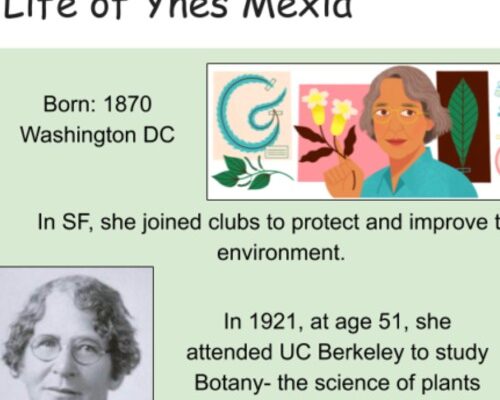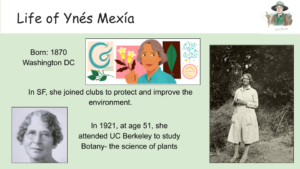
“You Belong” Lessons Promote Inclusion and Diversity
Engaging Scientists in Virtual Outreach
October 2020
In the midst of the national reckoning on racial and social justice, many teams have developed new lessons to directly promote diversity and inclusion, highlighting representation of scientists of color. CRS prioritizes support for schools serving low-income and historically marginalized communities, and BASIS teams are eager to let these students know they have a place in science.
Designed to instill the message “You belong!” many of the new lessons are aimed to reach the youngest learners, from TK to 2nd grade, with a ‘storytime with a scientist’ theme adapted to the shorter virtual attention spans. Led by scientists who themselves come from underrepresented backgrounds, these lessons will bring science to life by featuring stories of Black, Latinx, Nativa American and other men and women of color in science.
 One new lesson follows the life of Black zoologist, Dr. Charles Henry Turner, while another features a Latinx botanist, Dr. Ynes Mexia. Each of these lessons cover the life and research of each scientist respectively, highlighting to students that science is fun, applicable, and an attainable career path.
One new lesson follows the life of Black zoologist, Dr. Charles Henry Turner, while another features a Latinx botanist, Dr. Ynes Mexia. Each of these lessons cover the life and research of each scientist respectively, highlighting to students that science is fun, applicable, and an attainable career path.
“You Belong” sessions will reach children at home at their desks while they are in their virtual classrooms. The program centers on the power of story: in this case, stories of well-known scientists of color, and what they were like as children themselves. Having these stories be shared with the children by early career scientists who are themselves people of color brings an even stronger connection, and a chance to share multiple pathways into science careers.
Meeting and interacting with actual scientists and engineers is a powerful, memory-making experience for impressionable young learners. Through hands-on inquiry activities during the presentation, and for teachers to lead after the presentation, young learners will explore and discover the connections between important scientific concepts and their own daily lives. The scientist role model presenters also share their own stories of how they got fascinated – bugs, stars, roller coasters, the magic of looking through a hand lens, a microscope or a telescope, that set them on their own unique journey into STEM careers.